Himekawa No. 2 Power Station
To reach Himekawa-bashi Bridge from Oyazawa-bashi Bridge, I drove north on Route 148 and turned onto Prefectural Route 330 at the traffic light before Kudarise Tunnel.
This road is the old Route 148, and if I continue on this road, I will reach the Himekawa-bashi Bridge.
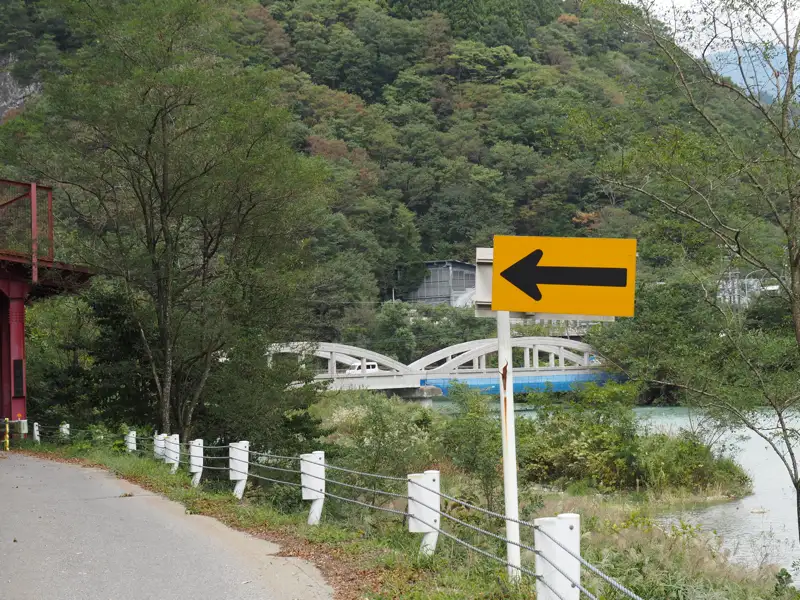
I had intended to go on this road, but as I wrote in my article on the Oyazawa-bashi Bridge that the road was closed due to construction work.
After taking the photo above, I went back the way I came. The bridge in the photo is the Himekawa-bashi Bridge.
Moving south again. This is JR Nakatsuchi Station along the prefectural road. There is also a firefighting apparatus warehouse attached to the station.
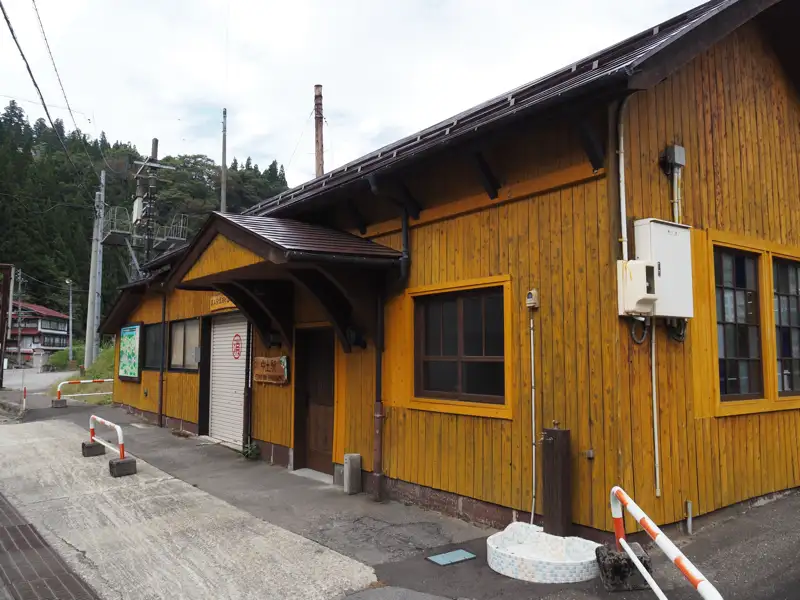
The Chubu Electric Power Company’s Himekawa No. 2 Power Staion is located near the Nakatsuchi Station, so I took a look at it, though only from the outside.
The main building stands just along the road.
The power plant was built in 1935 by Azumi Electric Co.
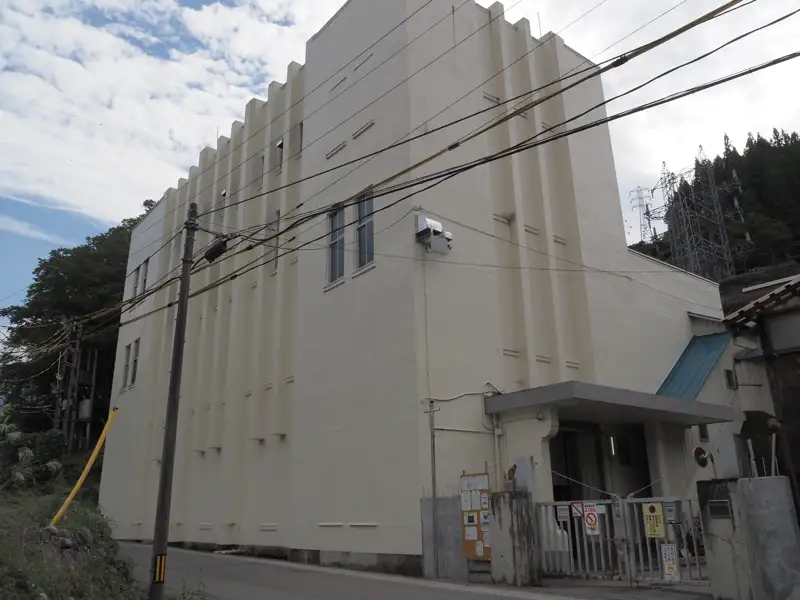
Azumi Electric Co. was an electric power company established in 1903, and its head office was located in Omachi (Town), Kita-azumi County (now Omachi City).
In 1904, the company completed the Miyashiro No. 1 Power Station in Nakabusa-gawa River and began transmitting electricity.
The company continued to build power stations and expanded its scale by merging Otari Electric Light Company in 1926 and Himekawa Electric Company in 1927.
In 1935, the Himekawa No. 2 Power Station was constructed.
However, the company was merged with Suwa Electric Co. Ltd. in 1937 and renamed Shinshu Electric Co.
In 1939, electric power became state-controlled, and Nippon Hassoden K.K. (Japan Electric Generation and Transmission Company). The power distribution division was divided into nine sections, and Chubu Electric Power Distribution Company was established in the Chubu region.
In 1948, after World War II, it was decided to apply the “Law for the Elimination of Excessive Concentration of Economic Power” (enforced in 1947) to the electric power industry, and reorganization of the electric power industry began.
In accordance with the “Electricity Business Reorganization Order” and “Public Utilities Order” of 1950, Nippon Hassoden and the various power distribution companies were dissolved, and new power companies with integrated generation, transmission, and distribution management and independent profitability were established in nine regions.
Chubu Electric Power Company was established in May 1951, and since then, Himekawa No. 2 Power Station has been managed by the company.
Moving a little, the photo was taken from the southeast.
Water hydraulic pipes are visible at the left edge.
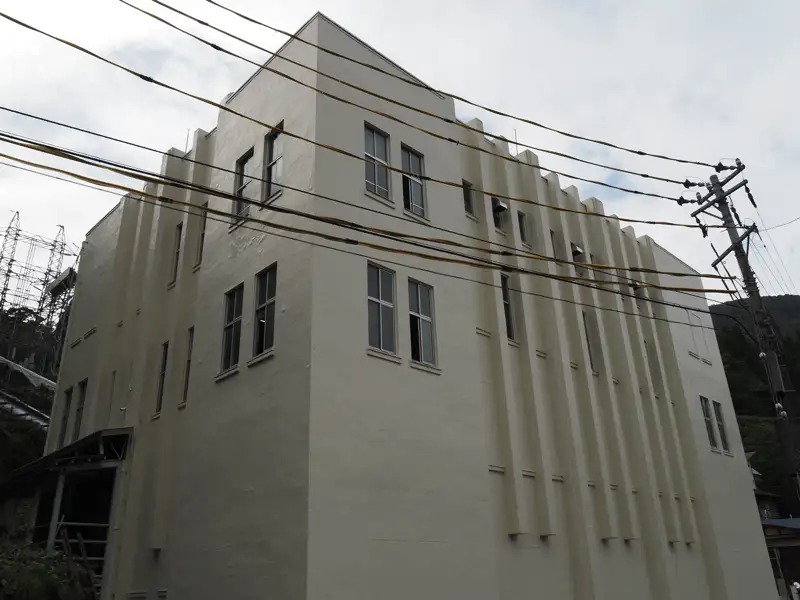
This is what it looks like when we move a little further away.
We can’t see the back of the building from here, so let’s go back and turn to the side.
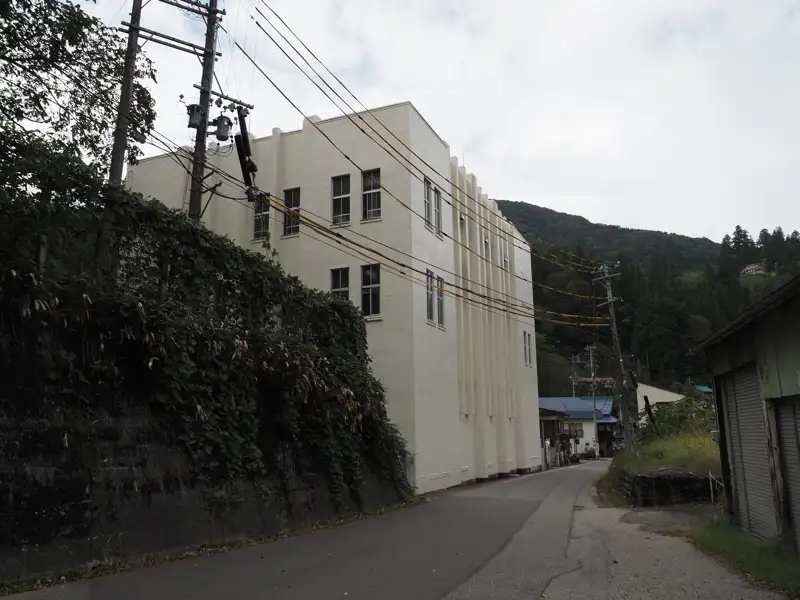
If we go west on the side road, we can look down the building as it goes uphill.
We see water hydraulic pipes. It looked like some construction work was going on, and it was covered.
The water is apparently taken from the Himekawa No. 2 Dam located about 10 km to the south.
I did not check the dam on this day.
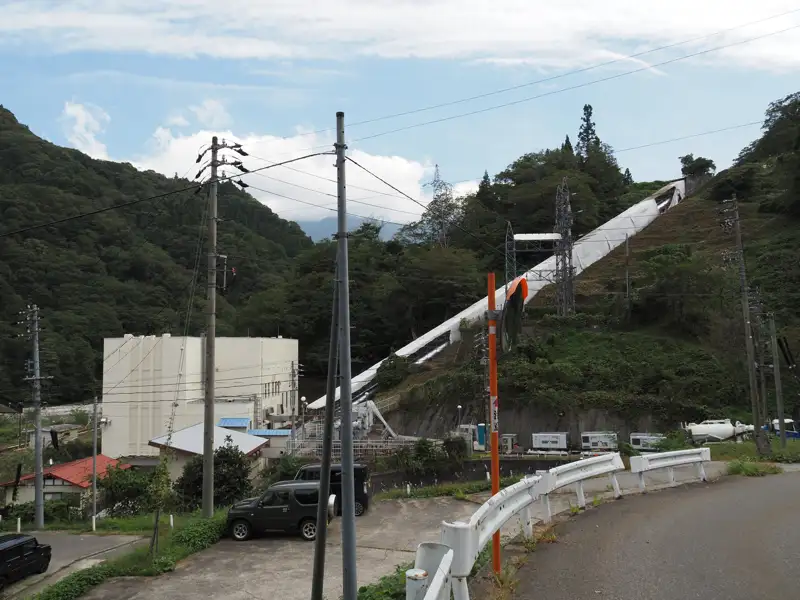
The rocky hill on the opposite bank of the Himekawa River can be seen.
Current Route 148 passes through that mountain via a tunnel.

A monument was erected in the middle of the road climbing up next to the power plant.
It reads, “Monument of Prayer for the Recovery from the Disaster of July 1995″.
It is probably a monument for the reconstruction of the 7.11 disaster in 1995.
I skipped looking at the back side of the monument because I had to climb up a stone wall and there was grass growing there.
The brown stone next to it seems to be much older. I reviewed the photo and found that it was carved with the date of 1935.
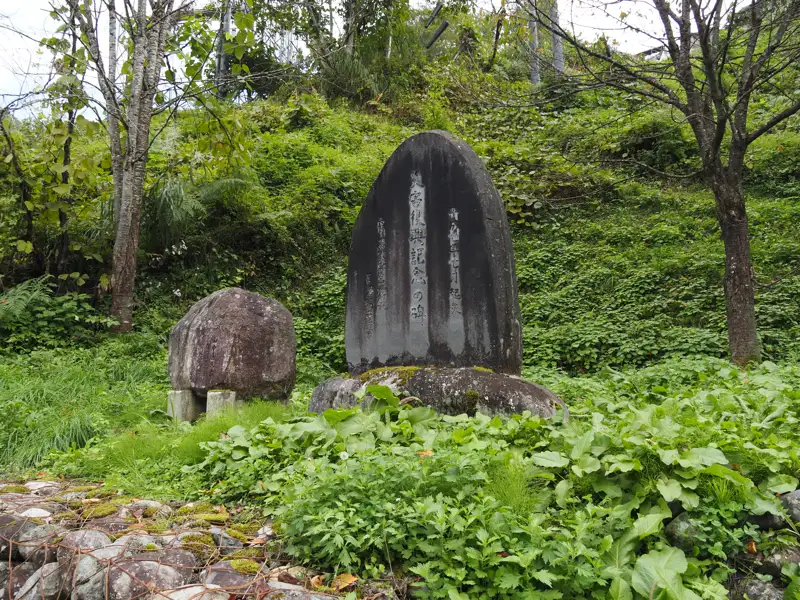
Finally, I would like to note that during the postwar reorganization of the electric power industry, I found a text claiming that “the Himekawa No. 2 Power Station belongs to us".
In September 1949, Showa Denko K.K. submitted a petition stating that the 10 power stations should be owned by them.
In the petition, the company claimed that the Himekawa No. 2 Power Station was established by its own hands for the Company’s business.
The reasons for each of the 10 power plants are written, so I will quote from the Himekawa No. 2 Power Station. (From the December 1949 issue of “The Age of Light Metals”)
“Himekawa No. 2 Power Station
Soon after our company started domestic aluminum production in Omachi, we developed the Himekawa No. 2 Power Station using the water rights owned by Azumi Electric Co. In other words, we used our own funds and technology to complete the Himekawa No. 2 Power Station and the transmission line between the power station and the Omachi Plant, and we supplied this power to the Omachi Plant, which was the same as a private power plant."
Since the power station is now owned by Chubu Electric Power Company, this petition was probably not accepted, but at the same time, Nisshin Chemical Industry, which manufactures aluminum, also made a request for its own electric power.
I do not know what actually happened to the establishment of the Himekawa No. 2 Power Station mentioned in Showa Denko’s petition, but it was a matter of life and death for a manufacturing company for which electricity was essential, and there must have been some resentment because the power stations they had built before the war were stolen by Nippon Hassoden during the wartime integration.
[Reference]
“The Age of Light Metals, December Issue” (Kanamono-jidai-sha / 1949)
“Chubu Electric Power 10-year history” (Chubu Electric Power 10-year history compilation committee / Chubu Electric Power / 1961)
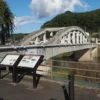
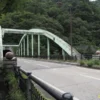
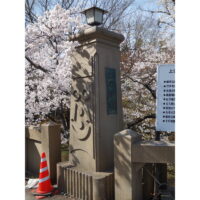
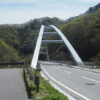
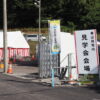
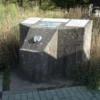
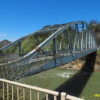
Discussion
New Comments
No comments yet. Be the first one!